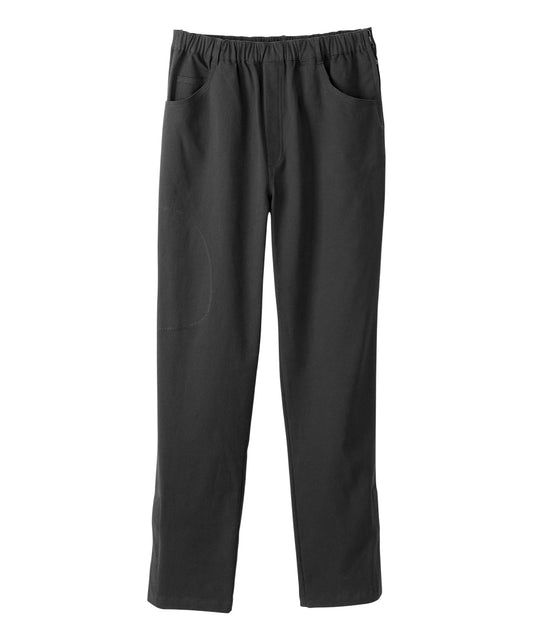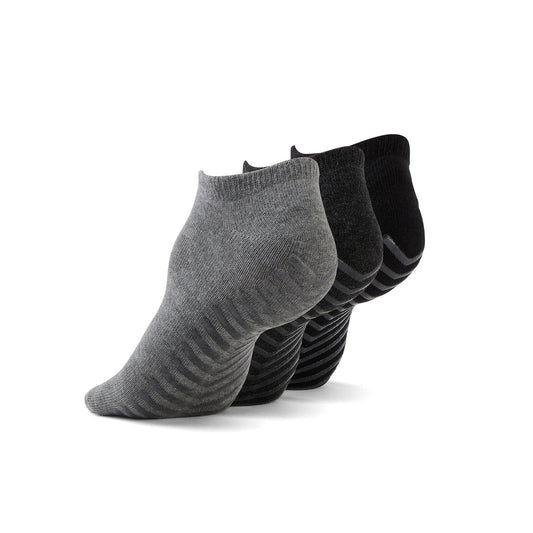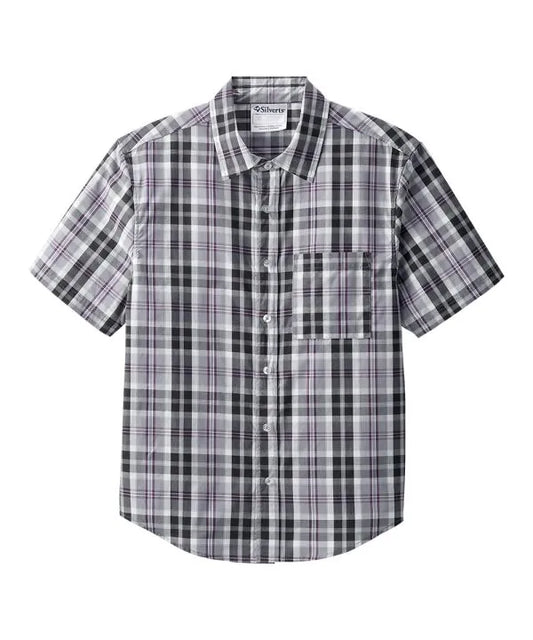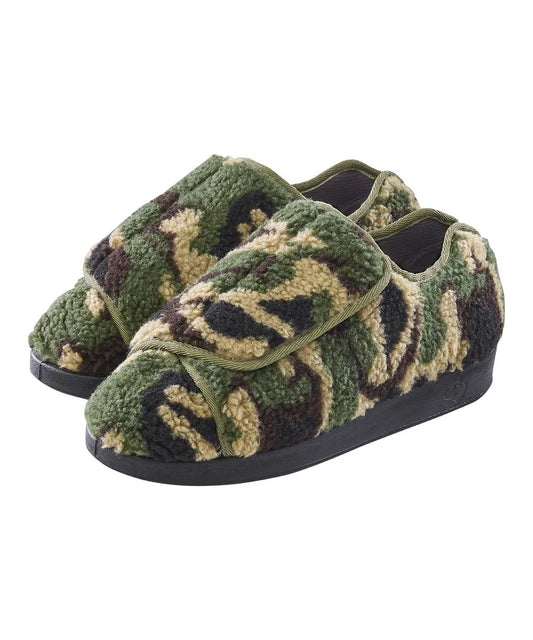Photo by Mikhail Nilov on Pexels
Written by Ella Driebel in collaboration with Viterbo University
According to the American Academy of Orthopaedic Surgeons (AAOS), found that from 2012 to 2020, there were 2.2 million hip and knee arthroplasty procedures performed. These statistics have demonstrated an 18.3% growth in the number of surgeries performed.
While recovering from surgery can be a daunting challenge, using adaptive techniques and finding the right clothing can ease the process. As the number of procedures continues to grow, increasing your awareness of the best recovery dressing strategies can make the transition more manageable and comfortable, easing the transition to recovery.
Seamless Underwear Application: Tips for Effortless Dressing After Surgery Post-Hip Replacement
One worry that people face is the simple task of applying undergarments. This can become challenging following a hip-replacement, so the following tips will ensure a convenient application:
Wear loose fitting clothing. Loose clothing is necessary during post-op recovery. Friction and pressure should be minimized around the surgical site and will help reduce discomfort. Undergarments that are soft and breathable will also prevent irritation aiding in your healing.
Sit down while getting dressed. Sitting in a stable chair can provide support and is recommended to remain stable and save energy. Standing for long period can increase the risk of a fall and can put a strain on your hip.
Do not bend forward or lift knee higher than your hip. Bending and lifting strains the hip joint and should be avoided. You can use different techniques like reaching for items with a reacher or dressing stick to prevent bending.
Gather all clothing and equipment. Gather and organize yourself with your undergarments. Use a stable item like a bed or chair that is at a comfortable height or within an arm’s reach. Having what you need for dressing will remove the need to reach or stand simplifying the process and removing frustrations.
Always dress your injured leg first. Your injured leg should always be dressed first and the uninjured leg last. This process is reversed when undressing. This can reduce any risk of injury or overexertion.
Equipment that is designed specifically for individuals recovering from hip-replacement surgery can help significantly, removing the need for bending. Using adaptive garments from June Adaptive can also be beneficial as they include easy closures that are made with these suggestions in mind.

Women's Open Front Underwear, 3-pack

Men's Open Front Underwear, 3-pack
Clothing Hacks: Making Everyday Dressing a Breeze
Getting dressed doesn’t have to be a hassle. Following these clothing hacks can help you navigate dressing after a hip replacement, simplifying your routine and making getting dressed everyday a relaxing experience.
It is important to wear adequate clothing after a surgical procedure, like a hip surgery. Finding a comfortable dressing routine can help avoid straining the hip joint. When dressing it is important to be sitting. Stability should be prioritized as well as finding soft loose-fitting clothing that is easy to put on and take off. Minimizing movements will save you from stretching the hip joint.
Flowy clothes are a comfortable option that will reduce tugging and be easier to put on. June Adaptive features clothing that is specifically designed for limited mobility often featuring magnetic buttons, snap closures, and pull-on options that are perfect for individuals with a specific need.

Men's Knit Pajama Set With Back Overlap Top & Pull-on Pant
After surgery, you may find yourself struggling to dress your lower half. There are dressing aids that can help with this if you don’t have someone to help you. Besides adaptive clothing, the National Health Service shares that equipment like a long-handled shoe horn may assist in putting on shoes since reaching the floor and tying laces will be hard to manipulate. Make sure shoes are supportive in order to remain stable. A reacher, a device that allows a person to pick up objects that are difficult to reach, can also be used to assist in dressing, preventing bending and taking less effort. These tools can help maintain comfortability and independence while being safe.
Step-by-Step Guide to Easy Dressing: Overcoming Challenges After Hip Replacement
It is normal for things to be more difficult after your hip replacement, but knowing the right steps can help make it easier. If you have discomfort or limited mobility, this guide may help you efficiently complete the process of dressing. Confidence and comfortability should be the priority while healing from your operation, so follow the steps below for an easy guide for getting dressed after your surgery.
- Gather and arrange your area: Start by preparing your adaptive clothing, tools, and a stable, comfortable place to sit. Make sure everything is at arm’s reach to prevent large movements before you start. Arrange the clothes in the order you put them on may also help the process go smoother.
- Sit down: Find a stable place to sit. Get into a comfortable position where you can eliminate unnecessary movements. Use something to elevate your surgical leg if needed to maintain a comfortable angle.
- Put on underwear and pants: To start dressing your lower body, put your operation leg side into your underwear and pants first. Adaptive clothing like the front-closure options can simplify this step. Remember to go as slow as needed to avoid any movements that may cause strain. Put on compression socks next if you're wearing them.
- Utilize adaptive tools: If you have any tools or adaptive clothing using them will significantly help ease the process. Make sure to use a reacher or a long-handled shoehorn to help you if you are unable to reach your feet. Avoid bending as recommended by your doctor.
- Dress your next leg: Once you have comfortably dressed your operated leg, dress your non-operated leg. Any adaptive clothing, like something with a front closure can be a big help in this step.
- Put on your top: When it comes to putting on your upper body clothing, consider adaptive options with front closures if possible. These can save time and help you remain independent.
- Look at your shoes: If you haven’t yet put on shoes, go ahead and do so. Reduce any bending by choosing shoes with velcro straps or slip-on styles like the options found at June Adaptive.
- Make needed adjustments: Take a minute to make sure what you are wearing fits comfortably. Assess and adjust ensuring the clothing is snug without bunching up or constricting you.
Following this step-by-step guide and choosing the appropriate clothing can make the process of getting dressed after a hip replacement surgery smoother and more pleasant. Remaining and regaining your independence will boost your confidence making these steps essential for a successful recovery.
Final Thoughts
The right clothing and techniques can aid in the hip-replacement recovery process. Additionally, being aware of the right strategies can help you transition into a safe and successful healing journey.
These guidelines can also make the healing process more enjoyable. Make sure to prioritize your well-being focusing on comfort and safety, and while independence is great, don’t be afraid to ask for help. Seeking assistance when needed from a close friend or caregiver can help any difficulties that may arise from dressing yourself.
Remember to consider adaptive and adjustable clothing that can help remove bending and straining at the surgical site. There are many clothing options that are made specifically for those recovering from a hip-replacement surgery, with different styles and access points to choose from.
If you are looking for a soft and comfortable option post-surgery, check out the new Inclusive Threads line on the June Adaptive website, a special collection celebrating individual uniqueness:

A Beautiful Mind - Kids Hoodie

Choose Balance - Gender Neutral Sweatshirt
Kindly subscribe to June Adaptive’s newsletter at the bottom of this page for more content like this.















